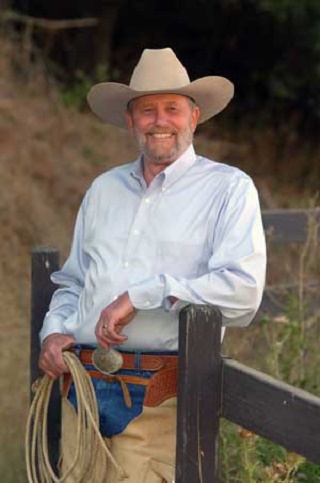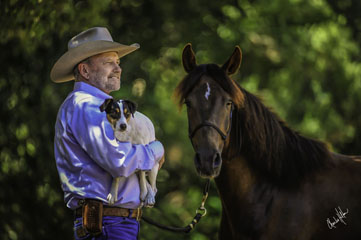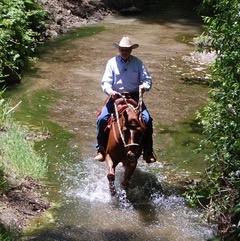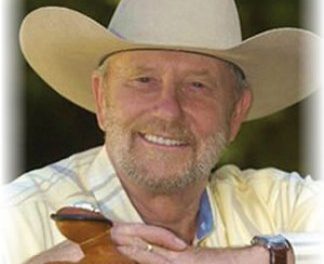 Sometimes horses appear to spook at nothing. I think that many times spooking is a conditioned response. The horse has learned to spook as a response and when we don’t do anything about it – when, in fact, we accept that behavior – the horse just seems to think that this is what we want.
Sometimes horses appear to spook at nothing. I think that many times spooking is a conditioned response. The horse has learned to spook as a response and when we don’t do anything about it – when, in fact, we accept that behavior – the horse just seems to think that this is what we want.
The first thing I do before I address this as a training issue, is to check the horse’s diet. If the horse is on any kind of alfalfa feed, I change the diet to something less hot. If the horse has been on a high protein grain with a lot of molasses or any sugar in it, I stop feeding that. A bland diet like oat hay, wheat hay or grass hay can affect behavior. It only takes about eight to 12 hours for food to go through a horse’s system. About 75 percent of the horses that I have seen who pay attention to everything and are concerned about everything, change their behavior when I put them on a bland diet. Once a diet change is made, I begin the following ground work exercises.
I start by teaching the horse to go forward and go forward consistently (see my book, “Starting Baby Jaz”). The next thing I do is teach my horse to stop at a light command. In other words, I just barely take the slack out of the lead line. This may take several days or even weeks, depending on how sensitive or dull the horse is.
Once the horse has learned to go forward and stop, I do the “change of direction” exercise. This is a very good foundation exercise in that it keeps the horse’s attention on you and not the scary object. It also teaches the horse that it is a lot better not to be concerned about the object because being concerned creates too much work. This exercise is usually not too difficult because I have already taught the horse to go forward and around me and to stop his feet. If the horse steps into me, I step back away from the horse to keep myself safe and to give myself room to continue teaching him to change direction.
To do the “change of direction” exercise, I first stop the horse at the furthest point from the scary object. In other words, if twelve o’clock is the scary bush with the teeth, I stop the horse at six o’clock. This location has the least amount of pressure for the horse. At first, I stop as far away from the scary object as it takes to get the horse to relax. I am starting to show my intention, which is to show the visual of where I want the horse to go and for him to be able to stand and be comfortable next to the object. Then I have him change direction at this location. We keep moving closer and closer to the scary object, each time having him change direction back and forth, until he will stand next to the object without reacting to it.
I keep repeating this exercise until, finally, the horse just does not care anymore. I may have to repeat this exercise several times for a week or even two weeks. It will finally get to a point where it is way too much work for the horse to react to the fear situation, rather than just to ignore it and walk on past.
You need to be consistent and do the exercise every time your horse reacts to the scary object. This exercise works because it keeps the horse’s feet busy. It takes a negative response – flight – and turns it into positive energy. It is positive because it is getting the horse’s attention on us and not focused on what is causing the fear. Anytime we can control the horse’s feet, we control his mind and establish our leadership. This establishes confidence and trust.





